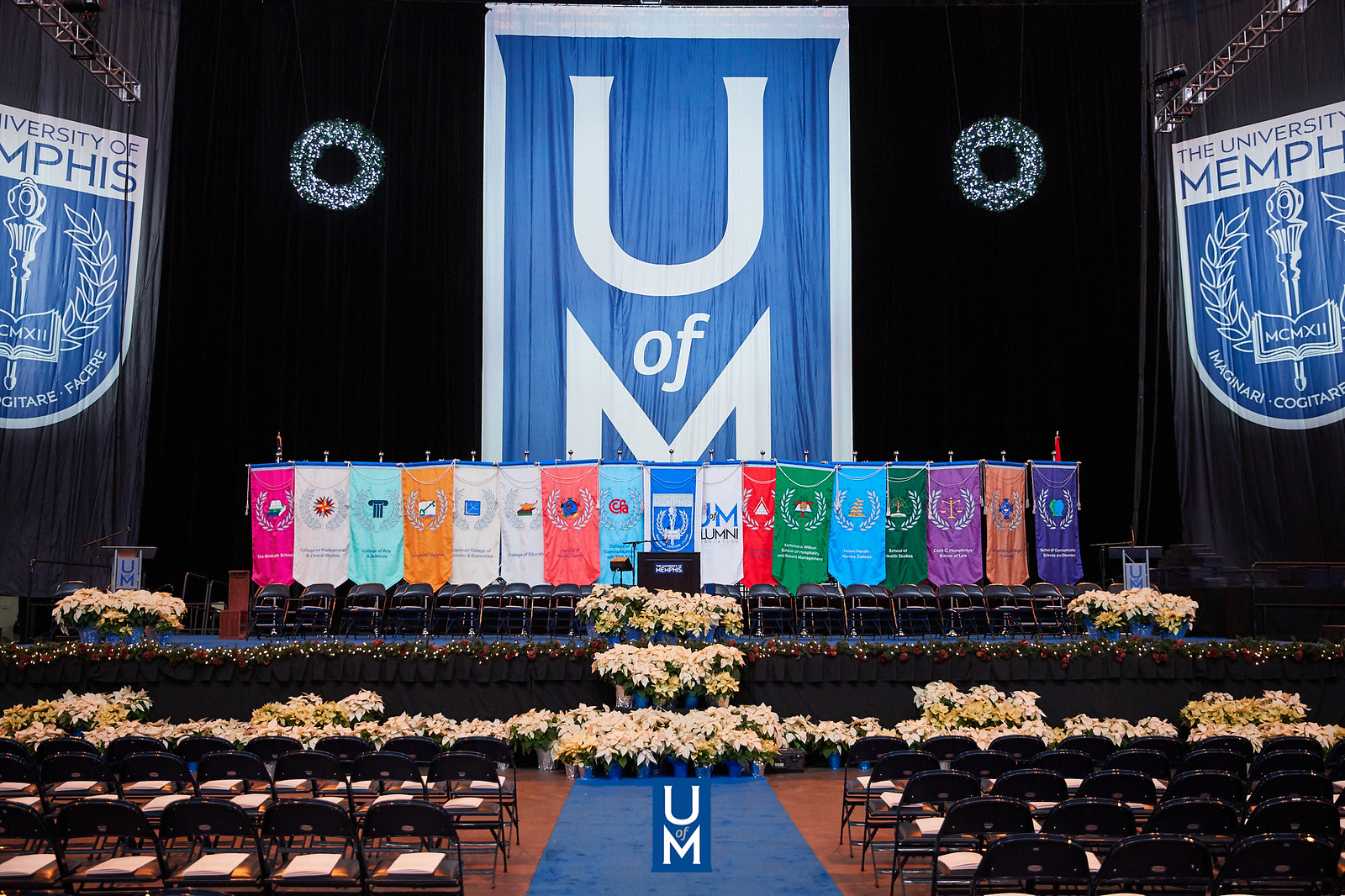
Electronic Theses and Dissertations
Date
2018
Document Type
Dissertation
Degree Name
Doctor of Philosophy
Department
Chemistry
Committee Chair
Abby Parrill-Baker
Committee Member
Daniel Baker
Committee Member
Judith A Cole
Committee Member
Ramin Homayouni
Committee Member
Yongmei Wang
Abstract
G protein-coupled receptors (GPCR) represent one of the largest families of integral membrane proteins in eukaryotes. Approximately 34% of FDA-approved drugs interact with GPCR. Despite recent GPCR structure reports, the number of unique structures known represents only a small percentage of all therapeutically-relevant GPCR. Experimental and computational approaches have been applied to the goal of decreasing this structural knowledge gap. Experimentally, water-soluble (WS) mutation sets intended to be transferrable throughout the GPCR family have been designed. A Green Fluorescent Protein (GFP) fusion partner was used as a folding reporter with a WS-GPCR mutant to more efficiently screen culture conditions for optimal protein expression in E. coli. Increasing the inducer concentration and post-induction growth time at low temperatures were observed to increase the amount of protein found in the soluble fraction based on whole-cell fluorescence measurements. Chaperone (GroEL) discovery in purified WS-GPCR mutant samples prompted the search for removal strategies during protein purification. Attempts to remove GroEL by applying strategies found in the literature were unsuccessful. The MOE Patch Analyzer tool was used to calculate hydrophobic surface patches on WS-GPCR mutants generated in silico. Addition of mutations at positions 1.31, 6.39, 6.57, 7.37, 7.48, and 7.51 on the 2-adrenergic receptor M15 mutant decreases the calculated size of major hydrophobic surface patches and may prove useful in future efforts to eliminate the GroEL interaction with WS-GPCR mutants. A computational benchmark study comparing performance of loop modeling algorithms available in the Rosetta and Molecular Operating Environment (MOE) software suites was also performed. Extracellular loop 2 (ECL2) from various GPCR served as the modeling targets. Results from this benchmark study suggest that out of 1000 total loop models generated, the KIC with Fragments (KICF) and Next Generation KIC (NGK) algorithms within Rosetta sampled more models with near-atomic accuracy than the Cyclic Coordinate Descent (CCD) algorithm or the de novo search method within MOE for ECL2 targets with 24 residues or less. For longer loop modeling targets, it is likely that increased sampling is necessary to obtain models with near-atomic accuracy.
Library Comment
Dissertation or thesis originally submitted to ProQuest
Notes
Open Access
Recommended Citation
Wink, Lee Howard, "COMPUTATIONAL AND EXPERIMENTAL APPROACHES TO OVERCOME THE G PROTEIN-COUPLED RECEPTOR STRUCTURAL KNOWLEDGE GAP" (2018). Electronic Theses and Dissertations. 2843.
https://digitalcommons.memphis.edu/etd/2843



Comments
Data is provided by the student.